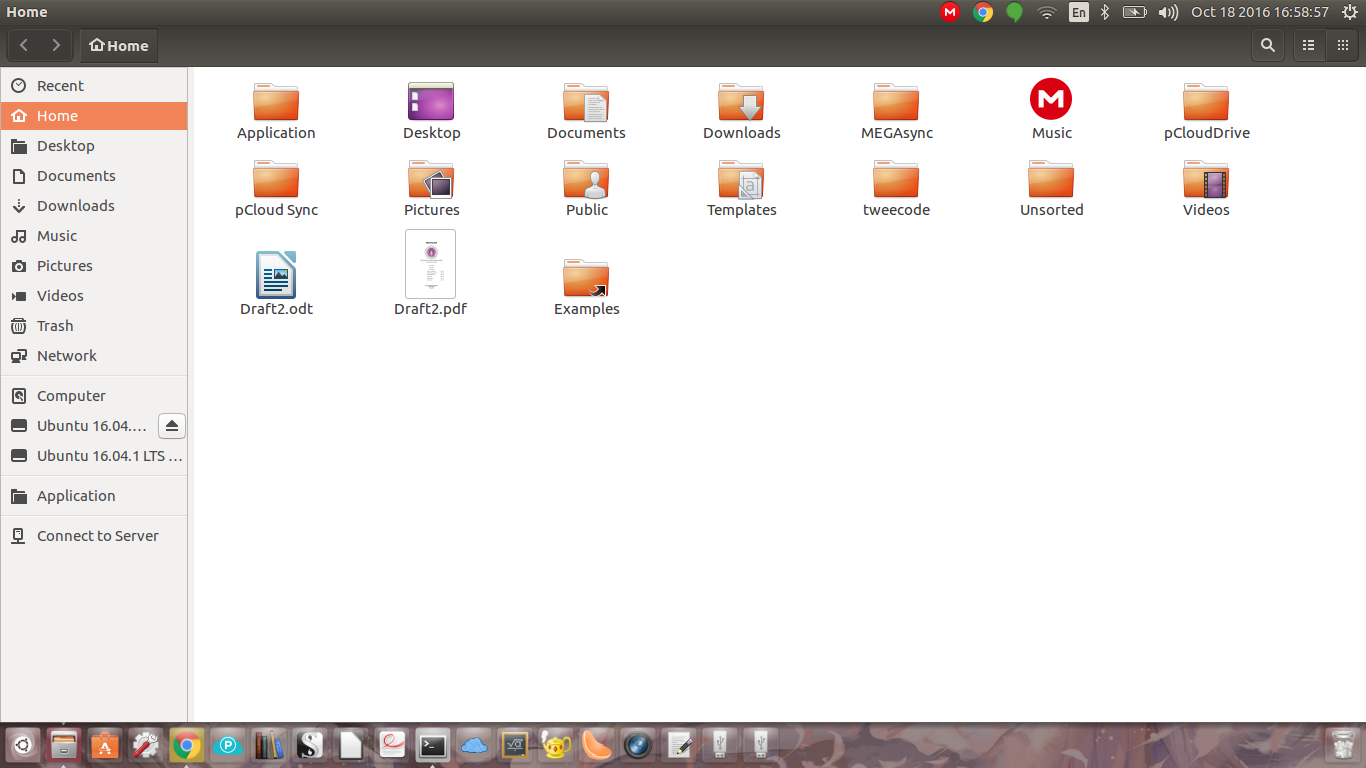

SSDs are king, but still not equal to spinning disks in price per gigabyte. It’ll work on something smaller, but in that case, you are limiting the whole process. I would not bother using a drive smaller than 1TB. Creating images, multiple images with snapshots, and testing uses up a great deal of space on the disk drive(s). Not all of us have Dell Precision workstations, or even access to a server with Hyper-V or vSphere installed, but using an under powered PC will make building images, and just using virtualization a slow and miserable experience. Given that, you’re going to want to do this work on a moderately beefy PC. I’m sure everything would be fine if Windows was not the host operating system. I think it is best to just stick with that for the whole process. I am aware that there are virtualization products for macOS, and Linux, but we’re working with Windows.

Largely, the process of making an image for Windows 10 is the same that is was for Windows 7 with a few twists. This summer, Windows 10 is upon us, and we have already begun slowly transitioning some areas to Microsoft’s ultimate operating system. On that note as well, the folks over at Deployment Research have a great post on creating an updated Windows 7 master image with MDT, very helpful.

This post is a follow-up or compliment to creating an image of Windows for mass-distribution (Windows 7).


 0 kommentar(er)
0 kommentar(er)
